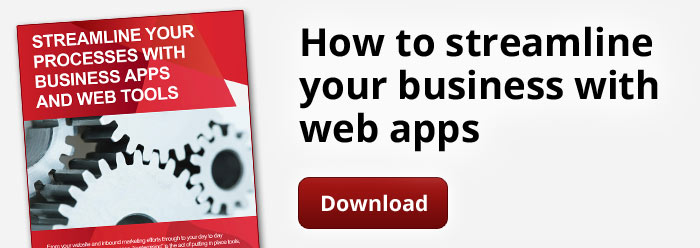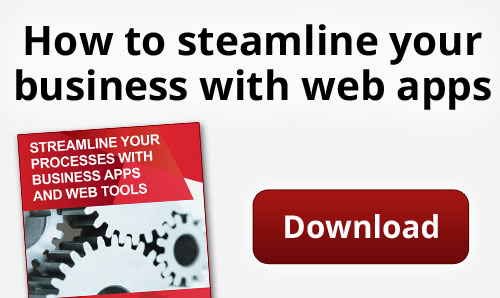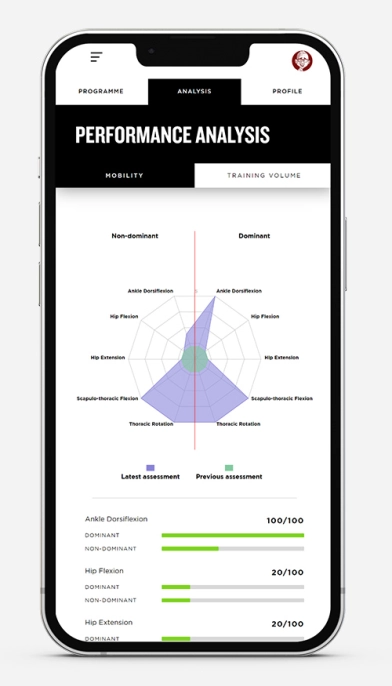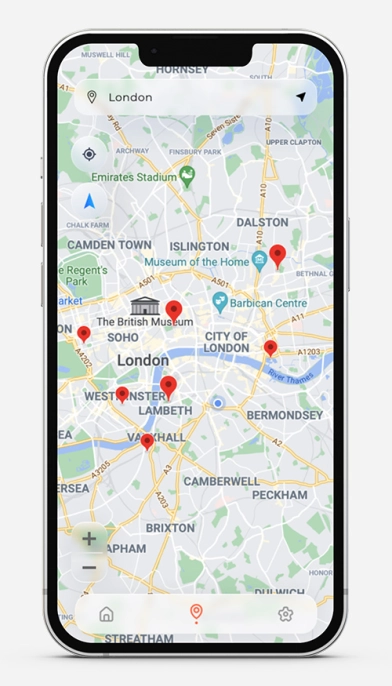If you are embarking on a new project then deciding where to start can be extremely daunting. For example, you may have gotten multiple quotations from various suppliers, but how can you know they are truly like-for-like? Do you know for sure that the agencies selected understand what you want to build?
From my experience having a clear and easy to follow requirements specification document is absolutely critical, and you should be wary of any company that wants you to start a project without one!
What does a requirements specification look like?
For the most part, a requirements specification is a simple bulleted list. Here is screen shot example from one of our own internal projects:

The great thing with this approach is that you can start with a list that is one level deep, then you can expand each point with a little more detail, and then expand again. It makes it a gradual process that is easy to follow, and the end result is a document that is (relatively) easy to read and reference.
Notice how we've numbered the points 1.2.3.1 etc.? This approach also makes discussing points and requirements a much more simple process as every rule can be easily referenced over the phone or in an email.
Support it with sketches and wireframes
Reading a long document can be daunting, so it is important to have some images that you can cross reference to help the reader to understand the basics visually. Simple sketches and comments may be all that you need to convey most of the detail behind the project.
Here is an example of what a wireframe may look like. We like to do ours digitally, though sometimes there is no substitute to actually putting a pen to paper:

They say a picture says a thousand words, wireframes can also be a great way of ensuring the little details aren't missed, especially if they are difficult to put into writing.
Don't forget the overview!
It may seem obvious but don't forget to have a brief overview at the beginning of your specification that tells the reader the overall objective of the project.
You should aim to describe what you would like to be built and why in as few words as possible. This acts to give context to the requirements spec that will then be remembered as the rest of the document is read.
What about the project plan and design?
Database diagrams, real artwork and flow diagrams are also great tools to make sure a project sets off in the right direction, but don't get bogged down with the detail too early. From our experience you should aim to finalise the specification before doing any in depth planning or design work, it will save you time and reduce rework as your ideas are very likely to change before you are ready to hit the go button.
6 benefits of having a solid requirements spec:
- Peace of mind.
If what you want is clear and on paper then you can sleep at night knowing that your vision has been properly described and recorded. That feeling of completeness is particularly satisfying for larger projects with lots of detail. - Like-for-like quotations.
You may be looking to go to market and request quotes from multiple suppliers. Ordinarily it can be very difficult to pick our whether suppliers are truly quoting like for like. For example one may be cheaper, but how do you know they have accounted for the same level of detail as the others? Specifications help to remove this ambiguity by providing a clear set of instructions that can be quoted against. - Quotation accuracy.
If you are asking for fixed price quotes and you don't have a specification then you are creating a risky environment for your suppliers. To combat this most will offset the risk by building in more contingency to any prices provided. By having a full project outline you remove the ambiguity and uncertainty behind your project which will allow suppliers (like us) to provide much more accurate quotations. - Reduce unplanned / unbudgeted changes.
By defining everything you want at the beginning you reduce the likelihood of requirements having been missed or being miss-interpreted. - Come up with new ideas.
In going through this process you may discover ideas or issues that you hadn't considered initially. - Return to a project more easily.
Sometimes a project can sit dormant for a few months before it is ready to start. Without a specification it is very easy to forget where you were in the whole process. Having a clear scoping document allows you to get back into the meat of a project much more quickly.
Want some help?
Helping with the planning process of projects is a big part of our normal processes, if you would like help putting together a specification or planning your project then please don't hesitate to get in contact with us.
Or whilst you are here you may be interested in reading our eGuide around how to save time and money by implementing systems and automated processes within your business:








